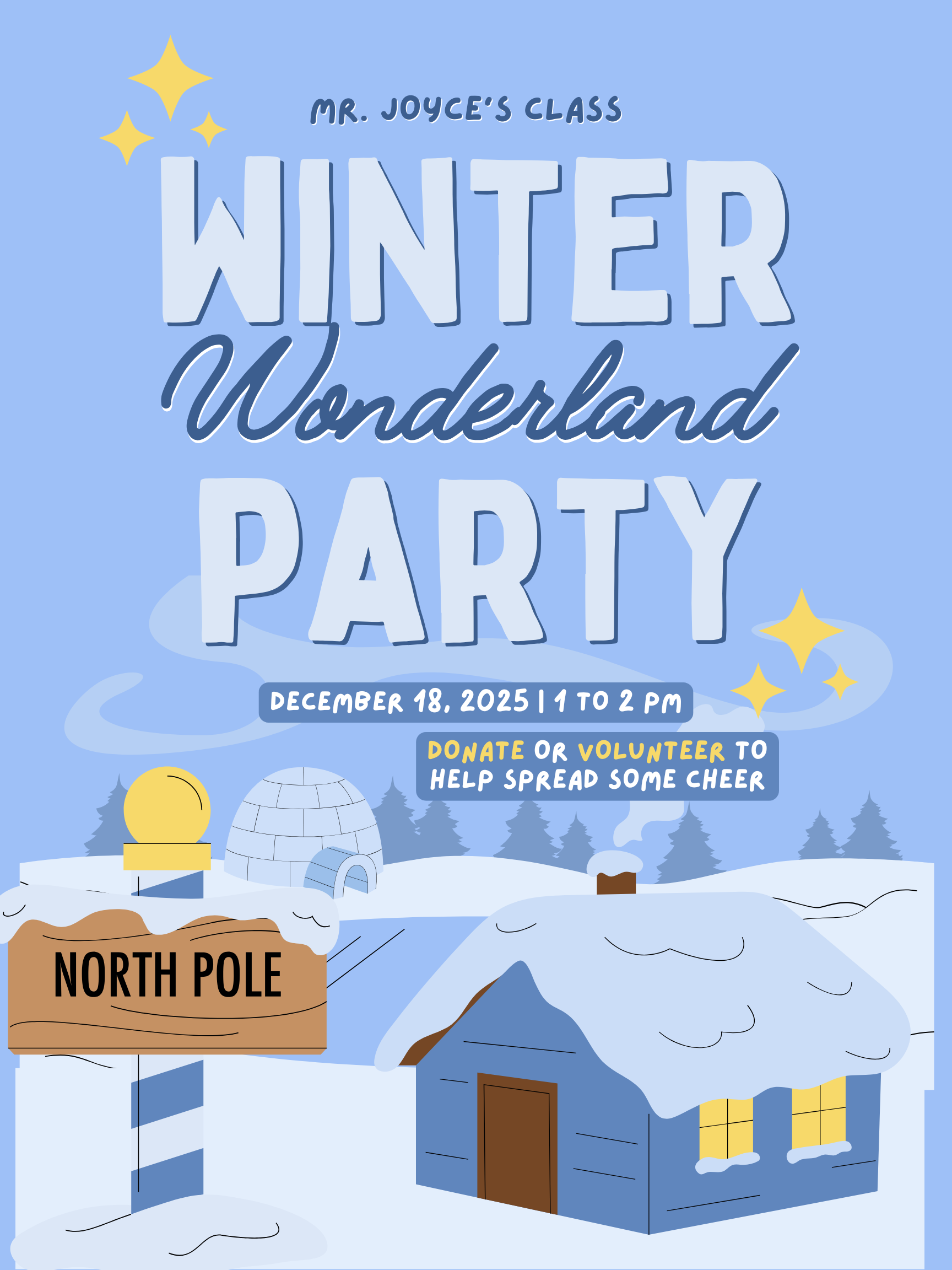Homepage
Post Feed
Our Mission
Our mission at Dilly Elementary is to nurture young minds and help them grow by leaps and bounds. We strive to cultivate a learning environment where curiosity is always in brine, fostering a love of knowledge that will help our students become truly dill-lightful individuals.
Calendar Events
Core Values
Our core values promote a well-rounded approach, emphasizing both personal and interpersonal development, which are critical at the elementary level.

Respect
We foster a culture of respect where every child, teacher, and family member feels valued. Respect for oneself, others, and the environment is essential to creating a welcoming and supportive community for all.

Curiosity
We believe that curiosity is the foundation of learning. By encouraging students to ask questions, explore new ideas, and embrace challenges, we help them develop a love for discovery that will last a lifetime.

Kindness
Kindness is at the heart of our school community. We strive to teach empathy, compassion, and generosity, helping students understand the importance of treating others with care and building positive relationships.
Programs at Dilly Magnet
Dilly Magnet Elementary's STEAM programs are dynamic and innovative educational experiences that ignite a passion for learning in every student. We go beyond traditional instruction, immersing children in hands-on, inquiry-based projects that integrate Science, Technology, Engineering, Arts, and Mathematics.
Click on each icon to learn more about what is offered in each program.
-
- Inquiry-Based Science Labs: Students participate in hands-on experiments and investigations across various scientific disciplines like biology, chemistry, and physics. The focus is on asking questions, forming hypotheses, collecting data, and drawing conclusions. For example, students might design and conduct experiments to understand plant growth or explore the properties of different materials.
- Environmental Science Explorers: This program could involve studying local ecosystems, learning about environmental issues, and participating in conservation projects. Students might monitor water quality in a nearby stream or design a school garden.
- Astronomy Club: Students learn about planets, stars, galaxies, and space exploration through activities like building telescopes, creating models of the solar system, and participating in stargazing events.
-
- Coding and Robotics: Students learn the fundamentals of computer programming through age-appropriate coding languages and platforms. They might program robots to perform specific tasks, design simple video games, or create interactive stories. Examples include using block-based coding software like Scratch or working with LEGO Mindstorms robots.
- Digital Storytelling and Media Arts: Students use technology to create their own stories, videos, animations, and podcasts. This program integrates technology with language arts and visual arts, allowing students to express their ideas in innovative ways.
- 3D Design and Printing: Older elementary students could be introduced to 3D modeling software and learn how to design and print their own objects, connecting digital design with physical creation.
-
- Engineering Design Challenges: Students work collaboratively to solve real-world problems using the engineering design process (ask, imagine, plan, create, test, improve). Challenges could include building bridges out of straws, designing earthquake-resistant structures, or creating a device to move an object.
- Lego Engineering: Using LEGO bricks and specialized components, students design and build various structures, machines, and vehicles, learning about concepts like simple machines, gears, and structural integrity.
- Aerospace Engineering: Students explore the principles of flight by designing and building kites, gliders, or even small rockets. They learn about forces like lift, drag, and thrust.
-
- Integrated Arts Projects: Art is not taught in isolation but is integrated with science, technology, engineering, and math concepts. For example, students might create artistic representations of scientific phenomena, design the aesthetics of a technological invention, or build artistic structures that demonstrate engineering principles.
- Digital Art and Animation: Students use digital tools to create visual art, animations, and interactive designs, blending artistic expression with technology.
- STEAM Theater: Students develop and perform plays that incorporate STEAM themes, combining storytelling with scientific explanations or technological concepts.
-
- Math Through Games and Puzzles: Engaging students with mathematical concepts through interactive games, logic puzzles, and real-world problem-solving scenarios.
- Data Analysis and Visualization: Students learn to collect, organize, analyze, and present data using charts, graphs, and other visual tools, connecting math with scientific investigations and technological applications.
- Spatial Reasoning and Geometry: Activities that focus on developing spatial awareness, understanding geometric shapes, and exploring their properties through hands-on construction and design projects.


 Additional settings for Safari Browser.
Additional settings for Safari Browser.






















